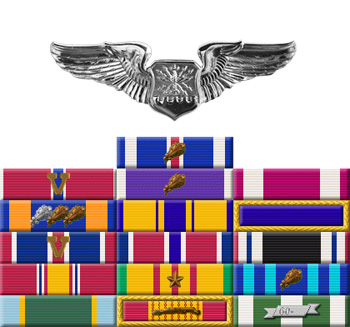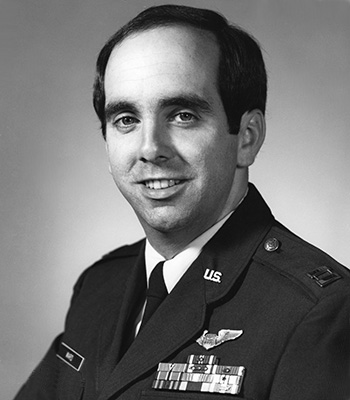
|
Brian H. Ward |
 |
|||
| Rank, Service | ||||
Captain O-3, U.S. Air Force |
||||
| Veteran of: | ||||
|
||||
| Tribute: | ||||
Brian Ward was born in 1948 in Bethesda, Maryland. He was commissioned a 2d Lt in the U.S. Air Force through the Air Force ROTC program at San Diego State College on June 18, 1970, and went on active duty beginning August 5, 1970. Lt Ward next completed Undergraduate Navigator Training and was awarded his navigator wings at Mather AFB, California, in July 1971, followed by F-4 Phantom II Combat Crew Training from September 1971 to March 1972. His next assignment was as an F-4 Weapon Systems Officer (WSO) with the 4th Tactical Fighter Squadron at DaNang AB, South Vietnam, and at Takhli Royal Thai AFB and Udorn Royal Thai AFB, Thailand, from May 1972 until he was forced to eject over North Vietnam and was taken as a Prisoner of War on December 27, 1972. After spending 93 days in captivity, Lt Ward was released during Operation Homecoming on March 29, 1973. He was briefly hospitalized to recover from his injuries at March AFB, California, and he then received an Air Force Institute of Technology assignment for Planning and Procurement training from September 1973 to June 1974. Capt Ward next served as an Administrative Contracting Officer with Air Force Systems Command at the Air Force Plant Representative Office at North American Aviation, from July 1974 to November 1977, during which time he worked on the research and development program for the B-1 bomber. His final assignment was with the Space and Missiles Systems Organization and Headquarters Space Division with Air Force Systems Command at Los Angeles AFS from November 1977 until he left active duty on March 1, 1980. |
||||
|
||||

